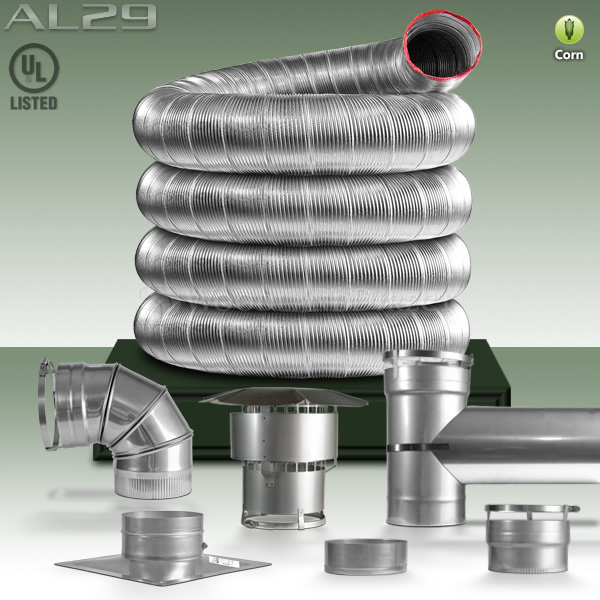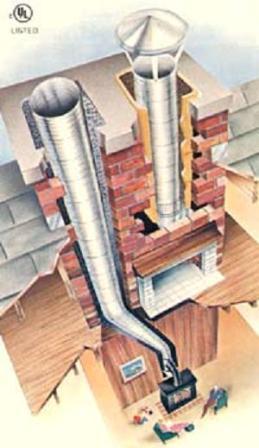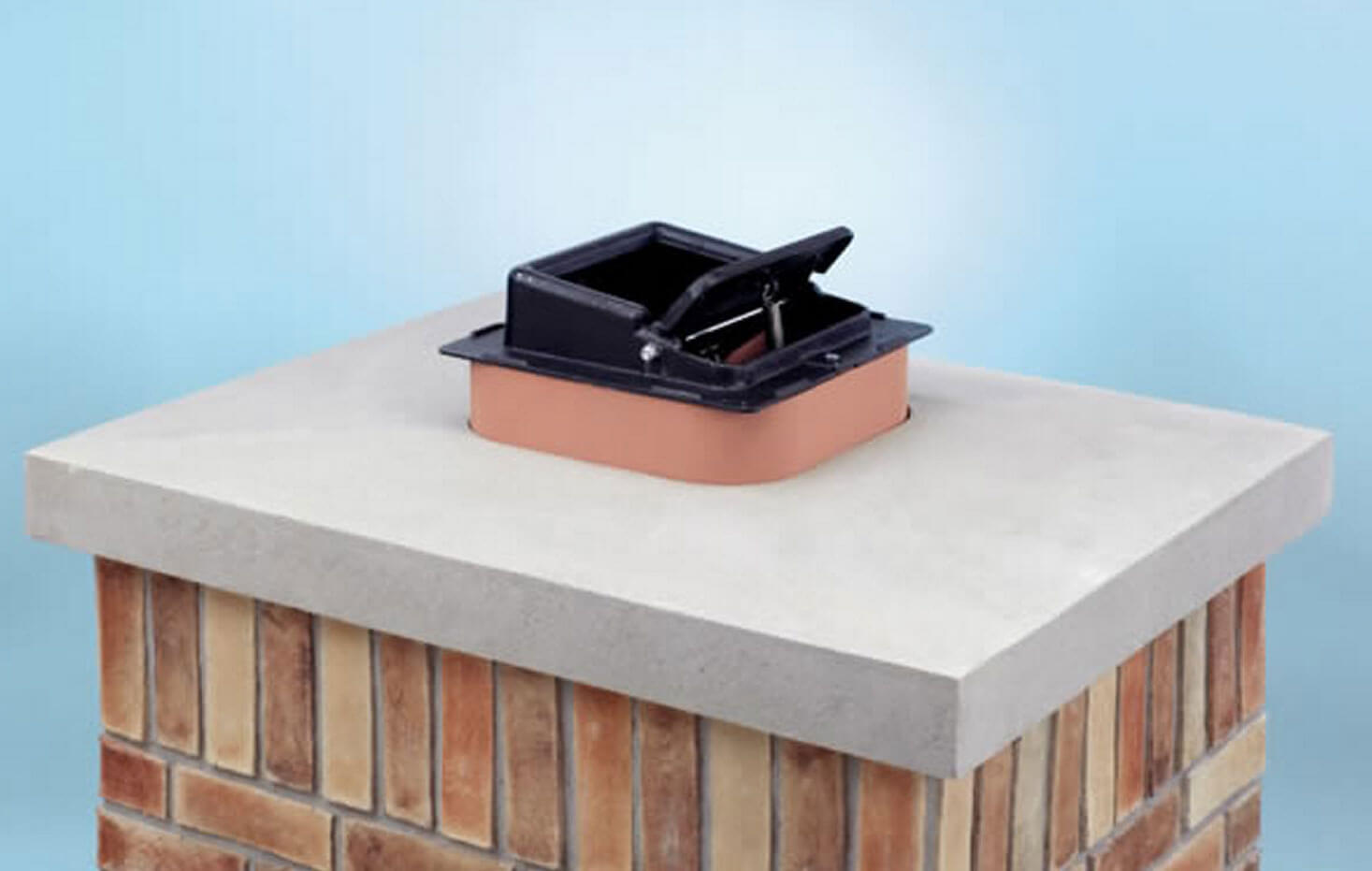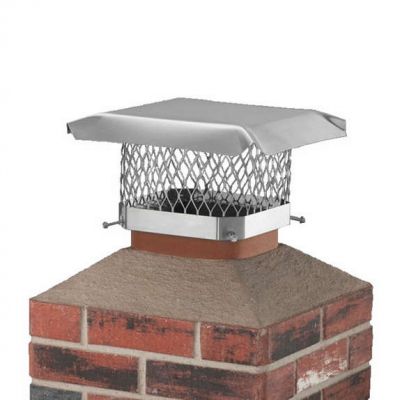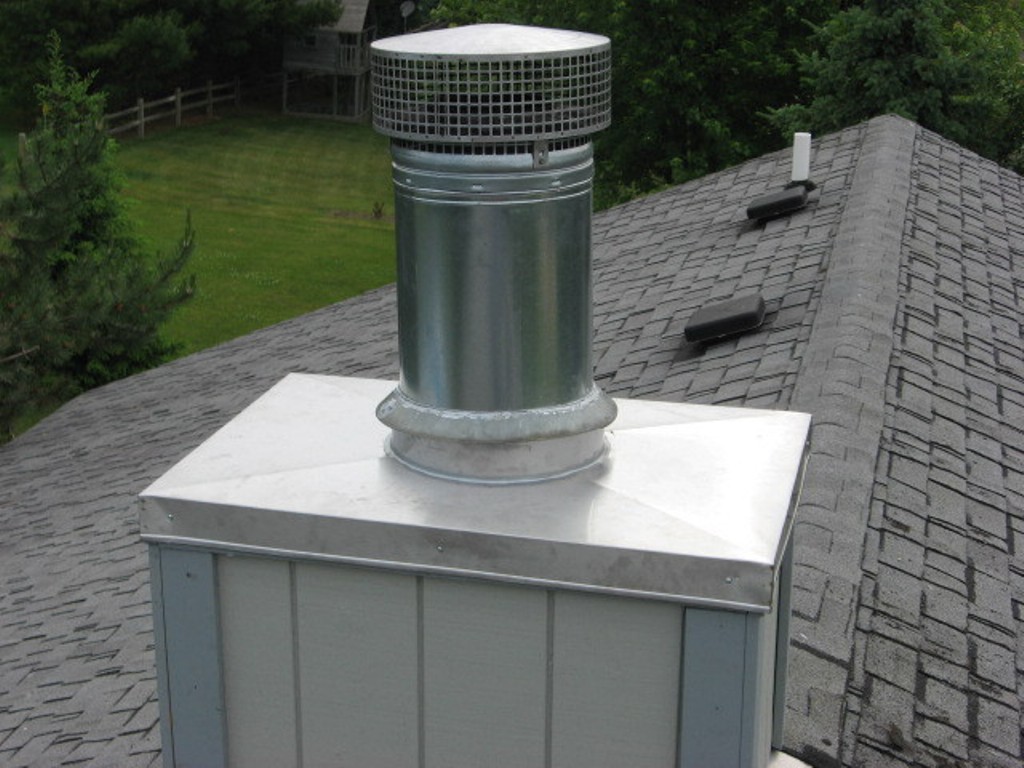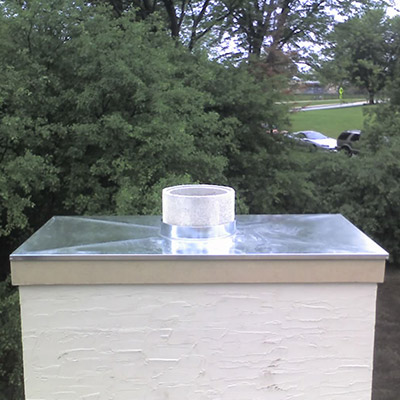Chimney / Fireplace cleaning
Annual cleaning and inspection of your chimney and furnace are imperative to keeping your home exhaust system running safely and efficiently. We take this very seriously and we’ll make sure your chimney is functioning properly
According to almost 15,000 nationwide homeowners, the average chimney sweep cost is $225. The typical chimney cleaning cost is between $124 and $327. Wood fireplaces that receive regular maintenance price $85 to $100 per cleaning. Those with build-up from years of neglect could total as much as $800. Using a wood-burning fireplace in the winter can lower your electric bills, not to mention its cozy appeal. However, smoke in your chimney leaves behind ash and carbon residue. This residue needs to be removed periodically because it can lead to chimney fires, carbon monoxide leaks and lack of airflow to the outside.
What Does a Chimney Sweep Include?
Your chimney sweep service will include a safety inspection and cleaning, along with a condition report. The level of inspection will depend on how long it has been since your last service and whether there are structural concerns. If issues are seen, an estimate will be provided for repair.
Regular sweeping services will prevent the above issues. Creosote is a combustible residue created by burning wood. Excessive creosote buildup along your chimney flue is a serious hazard that could lead to a chimney fire and damage to your home.
Inspection
It’s hard to determine when your chimney needs cleaning. Most of us aren’t equipped with the proper tools for inspection and there is no cut-and-dry time for everyone because use of the fireplace varies. The National Fire Protection Association recommends at least one annual cleaning. If you use your chimney nightly, you will need more frequent service than a neighbor who uses theirs weekly.
Additional Chimney Services
Your chimney sweep may find that there are other issues that need to be fixed. They could also find that there are ways to improve your chimney to minimize creosote and maximize efficiency. Some of these will be easy and affordable, while others will cost thousands and involve days of labor.
The metal firebox is lined with panels that look masonry. These are manufactured with high thermal properties. The purpose is to withstand high heat of a fire. Cracked refractory panels or fire bricks in the firebox are a safety hazard, as the cracks expand during a fire. The heat can transfer to the metal, causing it to warp, weaken or create a fire hazard. All panels / bricks should be replaced. However, patching with fireproof mortar can be done (but not recommended).
Dampers are an important means of directing smoke up and out of the chimney and preventing downdrafts. If your damper is damaged or warped, you’ll want to replace it. A warped damper could be pulling your indoor air out and decreasing your home’s efficiency. It could also push smoke into your living space.
Counterflashing
Metal counter flashing is required when the vertical surface is masonry, such as a brick chimney. A horizontal mortar joint is opened 12 to 18 inches above the roof. A 90-degree bend is made in the top edge of the flashing, creating a 1-inch lip which is placed in the open mortar joint. The counter flashing extends down over the step flashing to the roof and is trimmed to follow the slope. Pieces of counter flashing 12 to 20 inches wide are used, installed beginning at the lowest point. Each subsequent piece overlaps the piece below it, and the top lip is inserted in a sequentially higher mortar joint creating a stair-like appearance. The void above the flashing in the open joint is filled with mortar or sealant to hold the flashing in place, and the vertical edges can also be sealed to secure the flashing from movement.
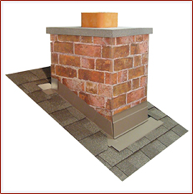
If you don’t have flashing where your chimney meets the roof, or if yours is damaged, you’ll want to remedy this right away. Flashing prevents leaks and water damage.
Flue/Chimney Liners
You may need to line or reline your chimney. Flue liners protect the masonry and mortar, extending the life of your chimney. They also retain heat and provide optimum ventilation. If you don’t have a flue liner, one will likely be recommended. If yours is cracked and damaged, repairs or replacement will make fireplace use safer.
If your chimney liner was absent or worn and damaged, heat can cause many problems including house fires. Gases within the smoke are acidic and corrosive and can weaken exposed chimney walls. Without a functional chimney liner you could find yourself with cracks in the mortar and other serious structural problems.
An annual chimney inspection uncovers issues that should be addressed to improve the functionality of your chimney system. Debris might be trapped in the flue, or the chimney may require cleaning. In order for your fires to burn cleaner and more efficiently, schedule your annual chimney inspection today.
Chimney Dampers
Chimney dampers are typically located within the shaft of the chimney just above your fireplace. When your fireplace is not in use, they enable you to completely seal off your chimney. A chimney damper allows you to create a tighter seal in your home thus improving efficiency of heating and air conditioning equipment.
Is there a large hole in your living area that is directly connected to the outside? There is if you have a fireplace with a chimney. The damper is an important part of your fireplace chimney. It prevents heated air loss through the chimney or down drafts when the chimney is not in use. Unlike traditional throat dampers, a chimney top damper is installed at the top of the chimney – allowing it to close and seal properly.
Chimney Caps
A chimney cap functions to seal the top of your chimney while allowing smoke to exit and preventing leaves, rain and animals from entering. To ensure that your home is properly safeguarded against weather conditions and wildlife, it is important to have a durable and well-designed chimney cap professionally installed.
Drafting
Problems with drafting will result with the smoke and combustion products backing up into your home and polluting the air, and fireplaces that draft correctly will put all of the gases and soot up the chimney and outside where it belongs. There are many factors that can affect the draft and learning about what affects the draft will help you eliminate these problems from occurring.
A wide range of factors go into whether you will have problems with your fireplace draft. From a blocked off chimney to the incorrect firebox size and design features, there are many components of a chimney that could produce a problem. Flue extensions will address drafting issues most of the time.
Chase Covers
Chase covers are used at the top of chimneys to keep out rain, snow, critters, and everything else. The Chase Cover covers the entire top of your chimney. Used frequently to cover chimney chase surrounds, it fits over the top of the chimney like a shoe box cover fits the top of a shoe box. Our Chase covers are custom fabricated to fit snugly on your chimney.
Waterproof Treatment
The majority of masonry chimneys are built with bricks or stone bonded with mortar, a cement material, to form a sturdy and practically impenetrable structure. But like most structures, water is a mortal enemy that can bring down a chimney like a falling deck of cards. “All masonry chimney construction materials, except stone, will suffer accelerated deterioration as a result of prolonged contact with water,” according to the Chimney Safety Institute of America (CSIA).
Chimney masonry should be protected from exposure to water. That’s why many chimney professionals recommend applying a waterproof sealer to protect the chimney from water damage. It’s important to bear in mind that the waterproof coating will wear over time and gradually lose its effectiveness
